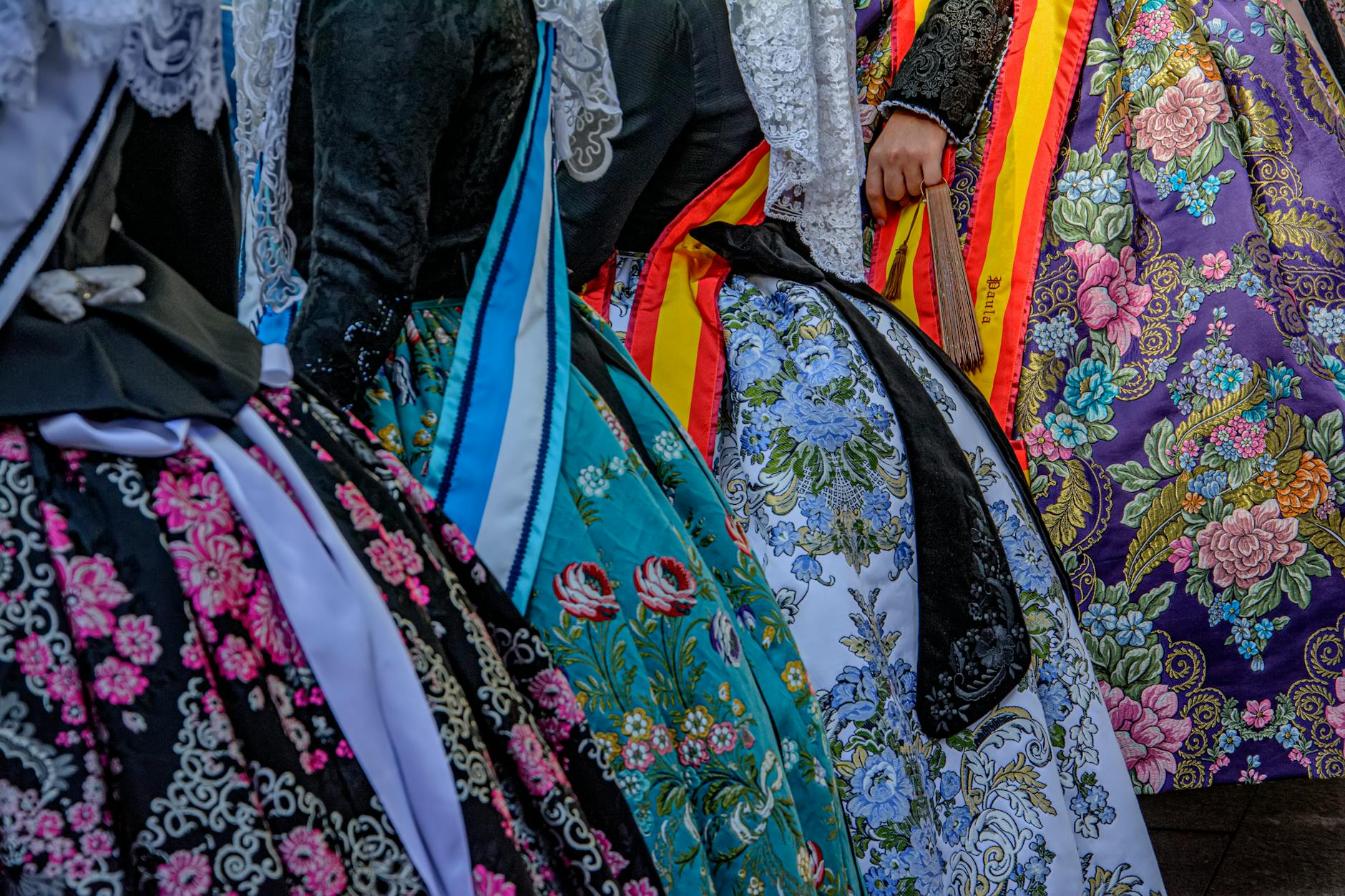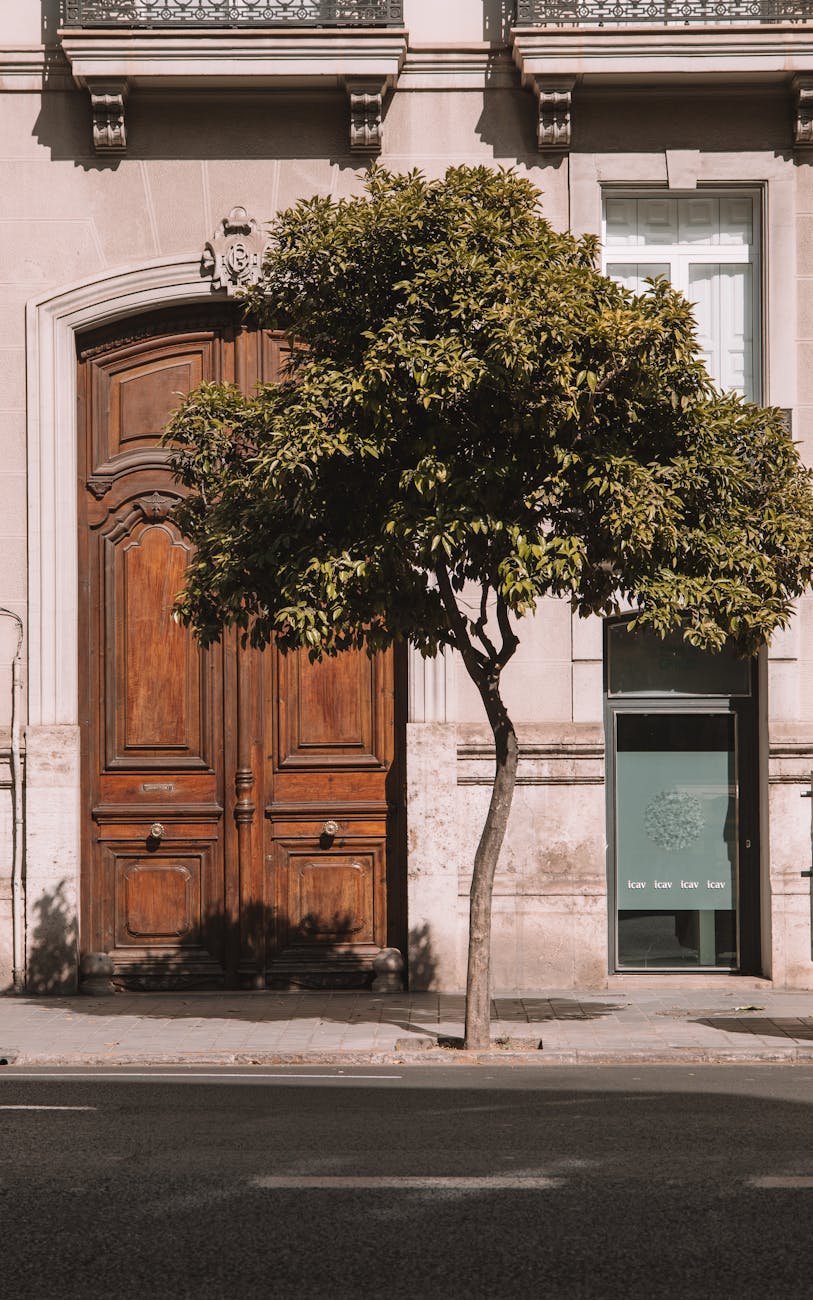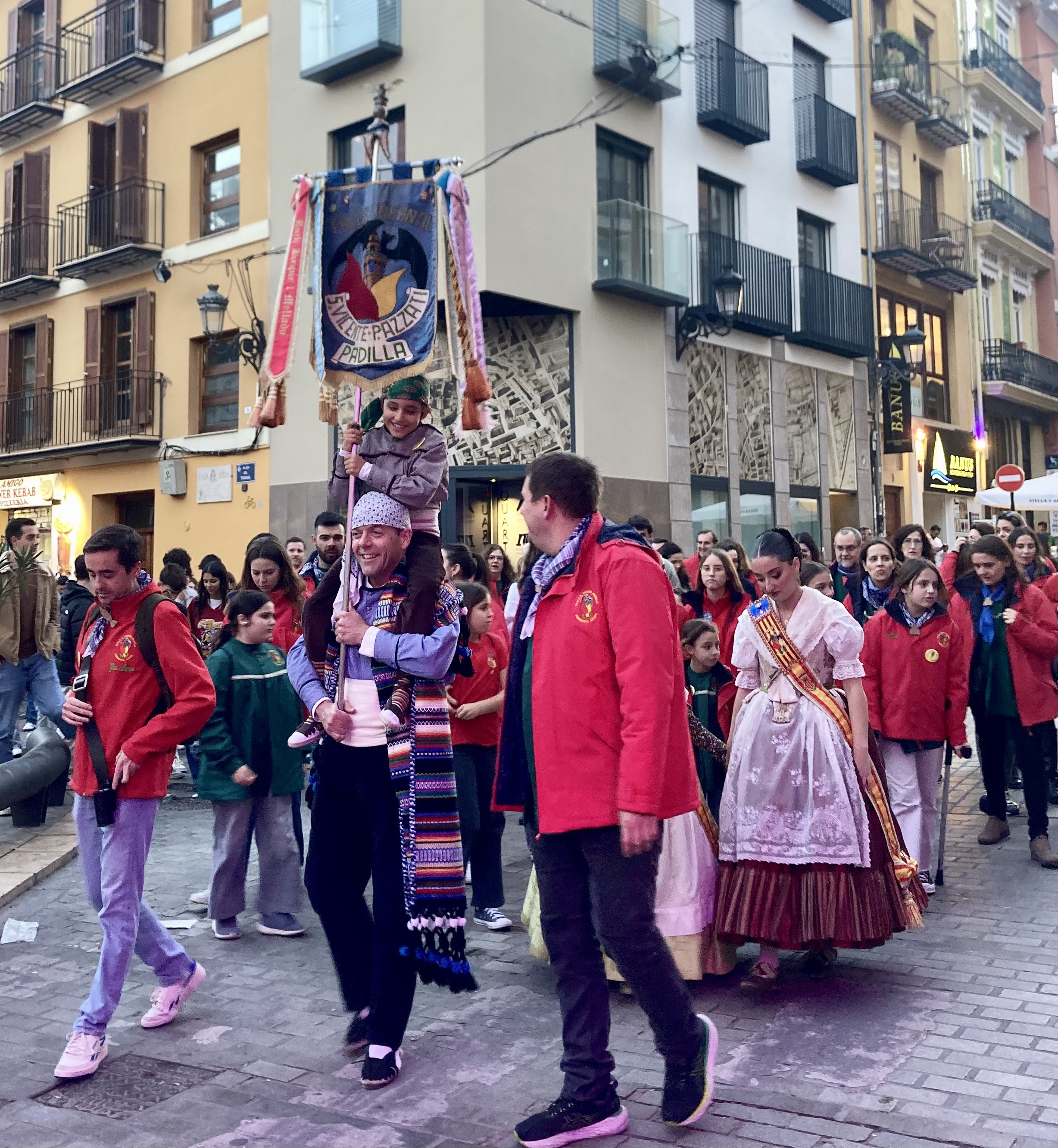Valencia News: Monday 3 March 2025
Buenos días ?? Here’s your news update to start your first week of Fallas! ? Fallas Festivities Despite the rain, Valencia’s Fallas spirit remains strong! Mascletàs continued throughout the weekend, though the Parade of Ninots was rescheduled.? Las Provincias has more on the first Fallas weekend. This year’s “Fallas of Solidarity” will support victims of…



